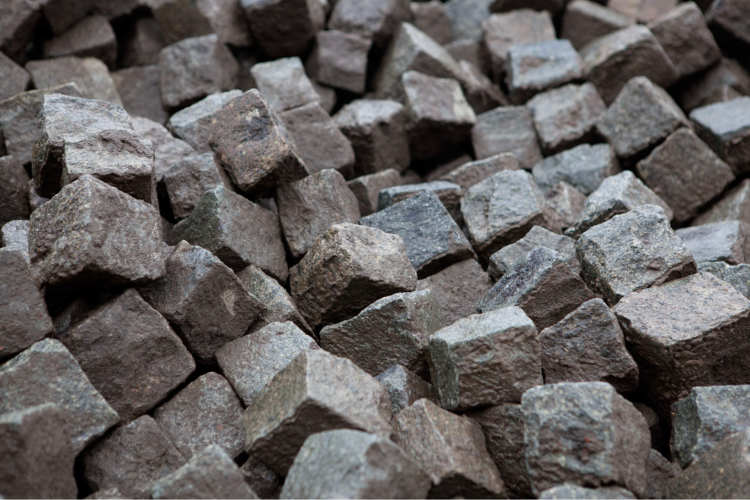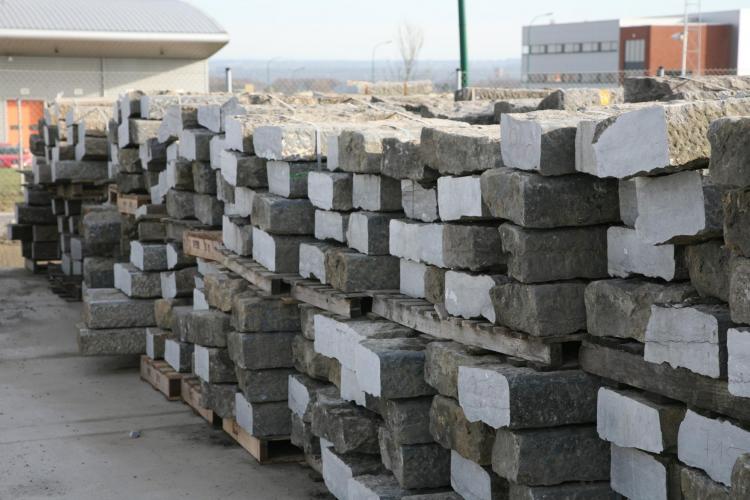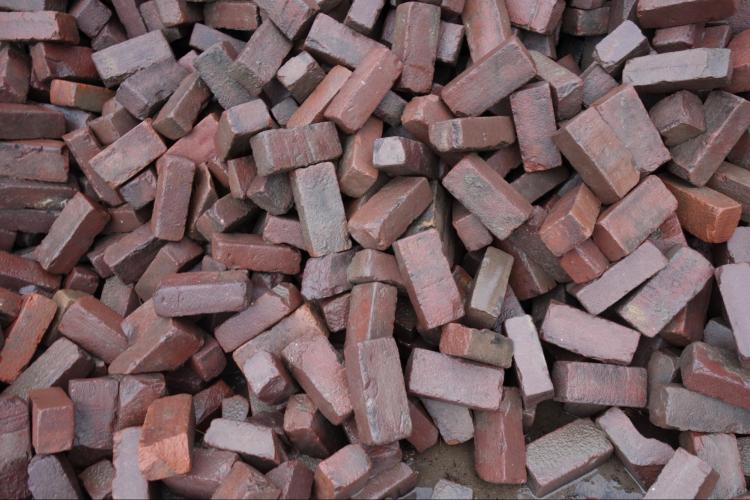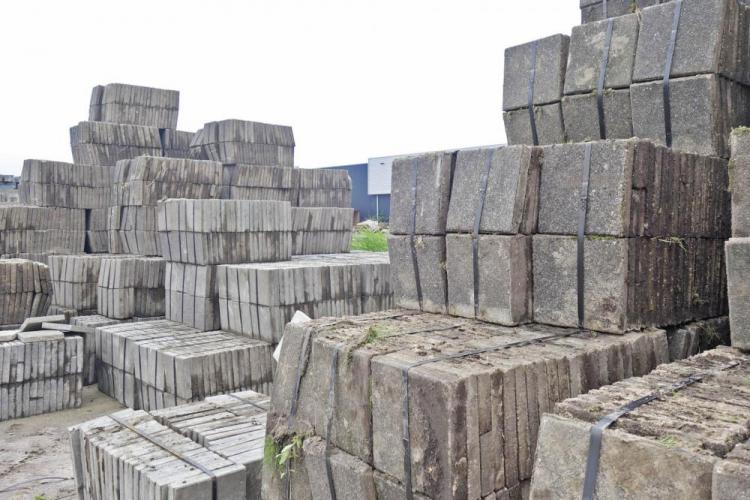Pavers, kerbs and setts
Robust paving materials are abundantly available on the reclamation market. Some roadworks contractors have their stock of pavers and sets, or deliver them to reclamation dealers who clean, sort and resell them. The reuse market largely follows historical and regional differences. For example, reclaimed porphyry pavers, bluestone copings, or clay clinkers are primarily (but not exclusively) available in regions with a history of mining and processing the type of stone involved or producing the material. Almost all paving materials are highly modular and generally easy to disassemble and install.

















